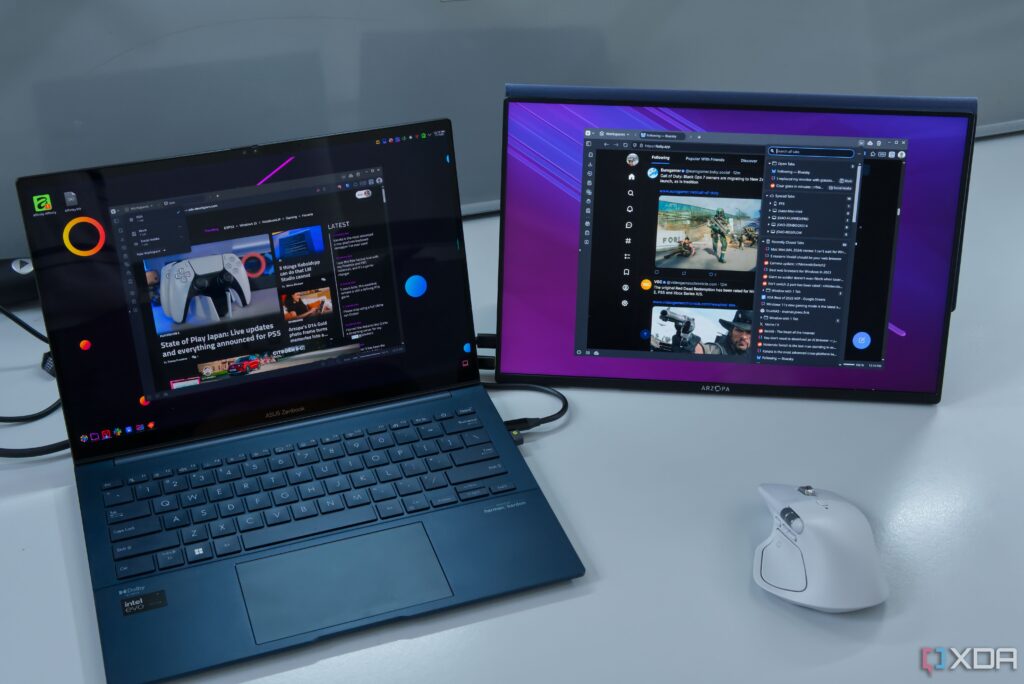
Web browsers are essential tools for productivity, but managing multiple open tabs can often be overwhelming. Many users struggle to navigate through the clutter of tabs, making it difficult to find what they need when they need it. In this context, the browser Vivaldi has emerged as a strong contender for efficient tab management, offering features that surpass traditional extensions used in other browsers, such as Chrome.
Vivaldi’s design prioritizes productivity, and its robust tab management features are a testament to this focus. One of the standout features is the ability to create workspaces. Users can organize their tabs into different workspaces, which act as separate environments for various tasks. Each workspace can be named according to the project or activity, making it easier to switch focus without losing track of essential tabs. This feature is particularly valuable for professionals juggling multiple projects simultaneously.
Another innovative tool in Vivaldi’s arsenal is the tab stacking feature. This allows users to group related tabs together, maintaining a clear overview of their work while still conserving space. Unlike other browsers that may condense tabs into groups without much visual clarity, Vivaldi’s stacking capability adds a second row of tabs. This design lets users see both the parent tab and its contents at a glance, streamlining the experience of managing numerous tabs.
Vivaldi also excels in its unique tiling feature, which allows users to display multiple tabs side by side. This capability enables users to resize and arrange tabs based on their preferences, providing a level of flexibility not typically available in competing browsers. Whether users need to compare information or multitask, tiling enhances their efficiency.
The browser’s synchronization capabilities further elevate its utility. Users can seamlessly access their open tabs across multiple devices, such as PCs and smartphones. When starting a project on a primary device, like a Mac Mini, users can easily retrieve their tabs on another device by simply selecting the cloud icon. This feature minimizes the disruption of switching devices, as all synced tabs are readily available without manual intervention.
Vivaldi also maintains a comprehensive history of closed tabs and windows, allowing users to recover any mistakenly closed items. The presence of a trash can icon facilitates easy access to recently closed tabs, making it convenient to revisit important information. Additionally, users can save their open tabs as sessions, which can be revisited later, ensuring that no valuable information is lost.
The browser’s user interface consolidates various tab management features into a single, accessible location. A recent update introduced a new button that provides quick access to cloud-synced tabs, recently closed tabs, and tabs open across different workspaces. This design minimizes the need to search through numerous windows, enhancing overall productivity.
Beyond tab management, Vivaldi offers a sidebar that allows users to navigate and manage their tabs effectively. This sidebar features a Windows and Tabs section, providing additional controls and the option to create new workspaces. Furthermore, it allows for quick access to frequently used websites without taking up substantial screen space.
While many browsers focus on integrating new technologies, Vivaldi has maintained its commitment to enhancing user productivity over the past eleven years. Its comprehensive tab management capabilities distinguish it from competitors, making it a preferred choice for those seeking an organized browsing experience.
In summary, Vivaldi’s innovative features for tab management, including workspaces, tab stacking, and tiling, provide users with tools that facilitate productivity and organization. With its ability to synchronize tabs across devices and recover closed items, Vivaldi stands out as a strong option for those looking to enhance their browsing efficiency.







